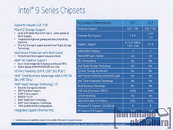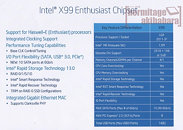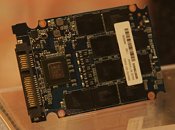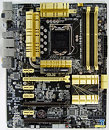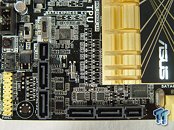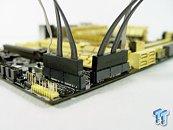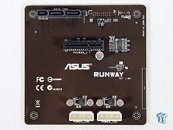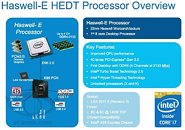
Intel Finalizes Feature-sets of the First Wave of 9-series Chipsets
Here's what the first wave of Intel 9-series chipsets will look like. It will consist of upper-mainstream chipsets for the LGA1150 platform, and the sole chipset for the LGA2011-3 HEDT platform. LGA1150 will get two new chipsets based on a common silicon, the Z97 Express, and the H97 Express. The Z97 will be the next top-end chipset for the platform, supporting current Core "Haswell" and upcoming "Haswell refresh" and "Devil's Canyon" processors. Motherboards based on the Z97 chipset, like the ones based on the Z87 and Z77, will feature up to three PCI-Express 3.0 slots wired to the CPU, in configurations of x16/NC/NC, x8/x8/NC, and x8/x4/x4. It will support overclocking, something its sibling the H97 Express will lack. The H97 will also lack the PCIe configurations that the Z97 supports.
Both Z97 and H97 will introduce support for PCI-Express M.2 storage, which offers 66.6% higher bandwidth than SATA 6 Gb/s, and the same bandwidth as SATA-Express. Its introduction will spur up development and launches of a new generation of high-performance client SSDs in 2014-15. Apart from M.2, the two chipsets offer six SATA 6 Gb/s ports with AHCI and RAID support. Rapid Storage Technology (RST) and Smart Response Technology (SRT) are common for both chips, however, the Z97 also features Dynamic Storage Accelerator (DST), something the H97 will lack. H97 will exclusively offer Small Business Advantage (SBA), instead. Both chips will feature 8-lane PCI-Express gen 2.0 root complexes to drive onboard devices, and 14 USB ports, including six USB 3.0 SuperSpeed ports.
Both Z97 and H97 will introduce support for PCI-Express M.2 storage, which offers 66.6% higher bandwidth than SATA 6 Gb/s, and the same bandwidth as SATA-Express. Its introduction will spur up development and launches of a new generation of high-performance client SSDs in 2014-15. Apart from M.2, the two chipsets offer six SATA 6 Gb/s ports with AHCI and RAID support. Rapid Storage Technology (RST) and Smart Response Technology (SRT) are common for both chips, however, the Z97 also features Dynamic Storage Accelerator (DST), something the H97 will lack. H97 will exclusively offer Small Business Advantage (SBA), instead. Both chips will feature 8-lane PCI-Express gen 2.0 root complexes to drive onboard devices, and 14 USB ports, including six USB 3.0 SuperSpeed ports.
